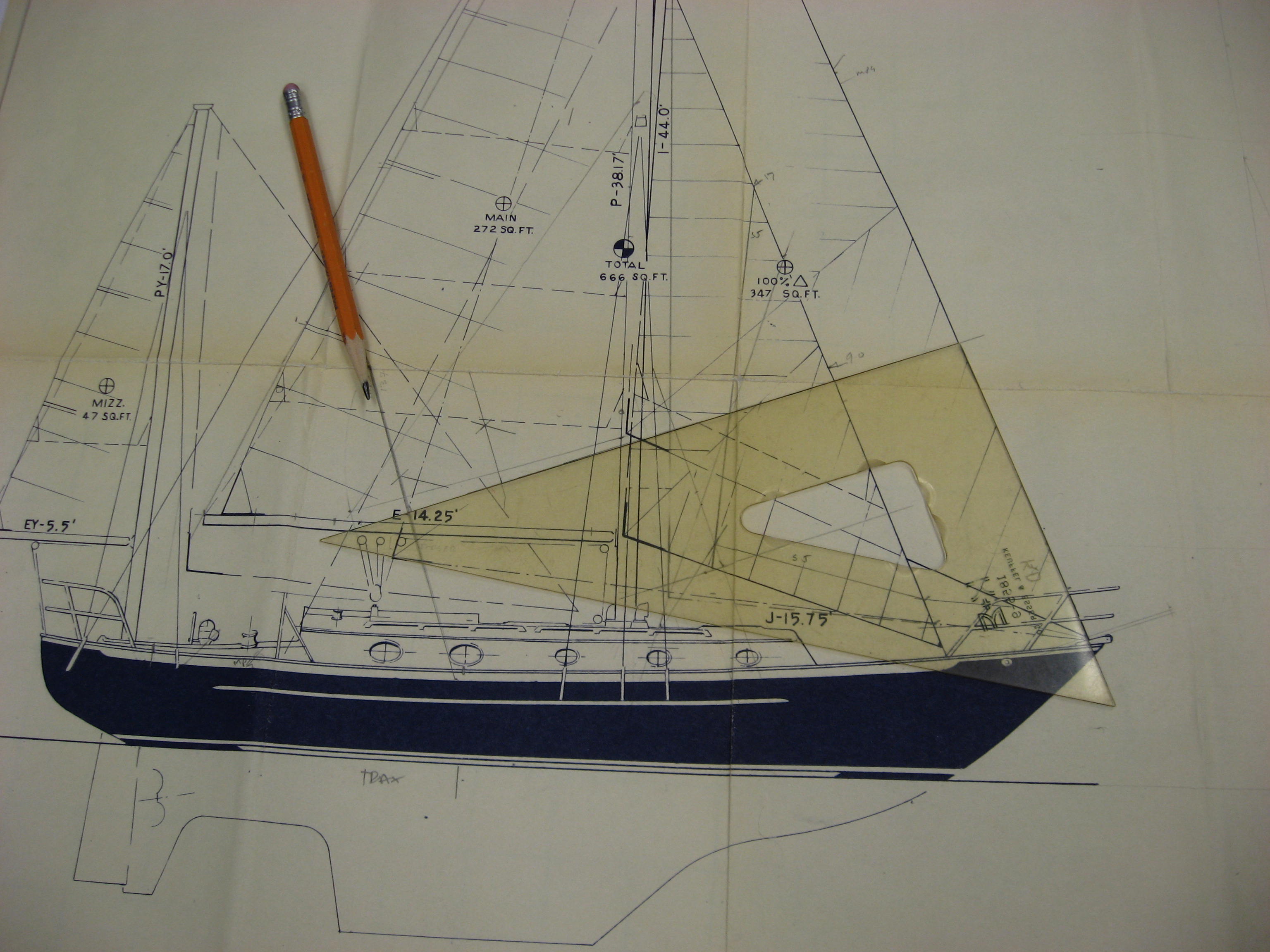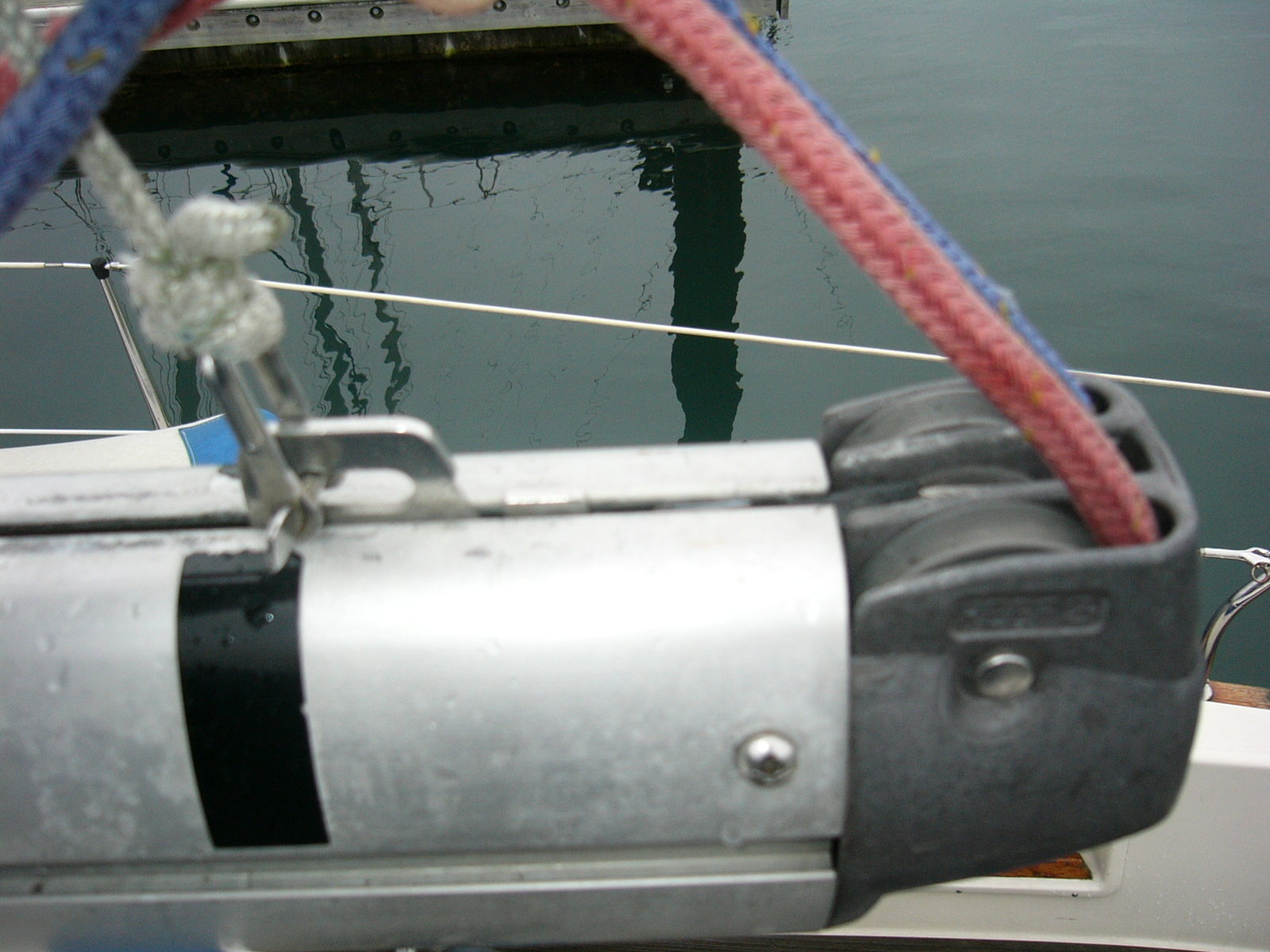

The foot is directly connected to the boom of the sailboat and is attached using track slides. The foot is a part of a sail that’s located at the very bottom of the sail and thus in-between the tack and the clew. Tacking is when you’re redirecting your sailboat when your sailboat is heading into the wind (windward).

You’ll hear the term “tacking” whenever you’re on a sailboat, however this has to do more with an action being performed on a sailboat and not the part of a sail called the tack. On any kind of sail, the tack is always located at the lower forward corner of the sail. This part of a sail is directly connected to the mast and boom of your sailboat as well. The tack is the part of a sail that’s placed at the bottom corner of a sail which is between the luff and the foot. Whenever this happens, you usually want to alter your point of sail, else trim your sail. Your sail will start luffing when your sailboat is steered too close toward the direction of the wind (windward) or when your sail is past optimal trim. When sailing, you’ll hear the term “luffing” from time to time, which means your sail starts flapping a bit instead of being tight. Technically, the luff is referred to be located at the forward (leading) edge of a sail.

This part of a sail is where your slides or bolt rope will be located as well, which means it’s always attached to either the mast or a stay. The luff is a part of a sail that’s located between the head and the tack of a sail. Trust me, that’s no fun especially at the wrong times. The downside to having a bolt rope is that it’s not uncommon for your sail to jam with moving it up and down the mast. There’s actually a rope that’s sewn into the sail so that it can fit within a groove built into the mast. However, one of the downsides is that it’s more likely that wind will get through the open spaces between your sail and the mast.Ī bolt rope is popular among sailors who are active racers because it removes the gaps between the sail and the mast by integrating the sail within the mast. Essentially, you connect your sail to the slides and they move along the mast. Slides are probably the easiest to maintain and control when moving your sail up and down the mast. Choosing between these two types of parts of a sail are debated back and forth among sailors, so it’s important to know the difference. When it comes to controlling the height of your mainsail when reefing it, your mainsail will either be attached to slides or a bolt rope. These cringles will most likely be attached to a peak and throat, which is a part of the mast that sticks outward. If your sailboat has a square mainsail, the two uppermost corners will be referred to as the head cringles where there are grommets called cringles. When you have a triangular mainsail, this kind of head is what you’ll expect to see.

With this part of a sail being at the top corner of the sail, it’s usually connected to the mast. The head of a sail is a part of a sail that’s located at the very top. Most of the time you’ll be operating a sailboat with a sloop rig (or a Bermudan rig), which is exactly what we’re going to dive into! Head Whenever you have the mainsail up and you have to make these adjustments, you’ll need to be aware of the different parts of a sail and what purpose they serve. Depending on the wind strength and direction while you’re out on the water, you’ll need to adjust the mainsail from time to time to catch the wind just right. Of course, this is the type of engine doesn’t need any gas or petroleum. The mainsail on a sailboat serves as an important part of a sailboat since it’s the part that acts like the sailboat’s “engine”. Being able to identify these parts and learn what they’re used for will not only improve your sailing terminology but also your effectiveness as a sailboat captain or crew member. Some of these parts of a sail have strange names, but each definitely serves an important purpose. So what are the parts of a sail? For a mainsail, the parts of a sail include theįor a headsail or jib, the parts of a sail include the Parts of a sail have different names and uses depending on whether you have a mainsail, headsail/jib, Genoa sail, Spinnaker sail, or Gennaker sail. There are a lot of important parts of a sailboat, but none more important and unique as the sail.


 0 kommentar(er)
0 kommentar(er)
